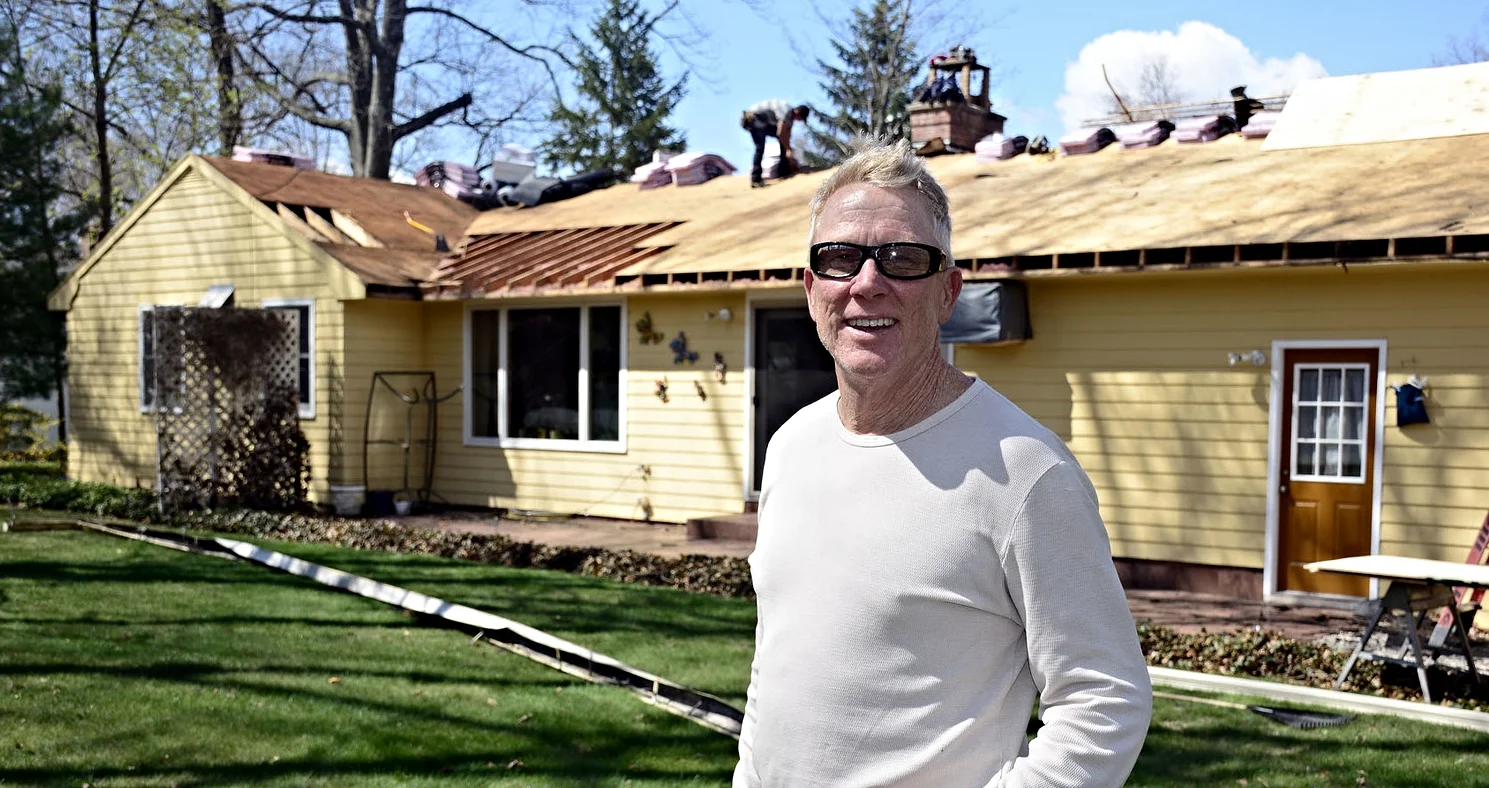Ventilation is Key To Your Home's Health
Chelsea O'Donnell
I’m not shy about educating my readers on the importance of proper insulation in a house. But even if you’re one of only 20 percent of homeowners I meet with the right amount of insulation, chances are you’re still missing a key piece of the puzzle. The critical component is ventilation and not enough of it can be harming both your home and your personal health in more ways than you think.
In the winter, we crank up the thermostat, sending more heat into our homes than any other time of year. We all know that heat rises, which means a lot of what we’re pumping into the house will quickly find its way through the ceiling and into the attic. Think about when you’re in a car and the windows fog up. What do you do? Usually, you’ll increase the airflow either by using the vents or just cracking a window. A house works much the same way, except that if you don’t have air flowing inside the attic, the heat and moisture just gets stuck there. If the attic is very warm, that moisture will develop into mold and mildew which can feed on your insulation and rot the wood. If the attic is cold enough, the moisture will freeze into little domes or even icicles until the temperature rises enough for the water to thaw and then be absorbed into all the places that it shouldn’t. Neither is a good scenario.
So what’s the best way to protect your home? Start by investing in a humidity gauge that measures water vapor in the air. A comfortable humidity reading is 30%-60%, but 45%-55% is an ideal level to maintain. If you’re seeing higher than 60% humidity in any area of your home, it’s going to be susceptible to mold, mildew, and bacteria growth.
Remember, attic ventilation allows your house to “breathe” so you want to balance your intake and exhaust to ensure that what is coming in is going out equally. The best ventilation system will include soffit vents that are installed underneath the overhang of the roof and take in the air and ridge vents that are installed at the top of the roof for the hot air to escape. For this method to work efficiently, all louvered vents must be sealed off and you have to ensure that your insulation isn’t blocking the airflow. Believe it or not, most roof manufacturers will void the warranty if a proper ventilation system is not installed. Luckily, new roofing technology enables contractors to add intake ventilation directly into the roof as opposed to using soffit vents, so if you’re in the market for a new roof, be sure to ask for that option.
It’s important to note that homes have different characteristics and what works well for one may not work well for another. With the right balance of air, homeowners can optimize their roof and maintain the overall health of their home and their families. Remember, it’s always a good idea to get advice from a professional before taking on a big remodeling project.
Bob O'Donnell is the owner of O'Donnell Bros, Inc., a Bristol-based home improvement company established in 1975. Email your questions for Bob to info@odonnellbros.com with the subject line “Ask the Pro”. All questions may be considered for publication. To contact Bob for your remodeling needs, call O'Donnell Bros, Inc. at (860) 589-5155 or visit www.odonnellbros.com. Advice is for guidance only.
